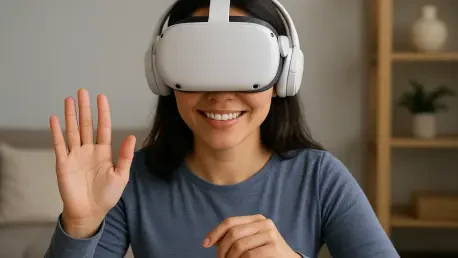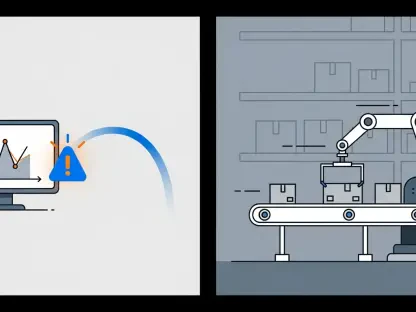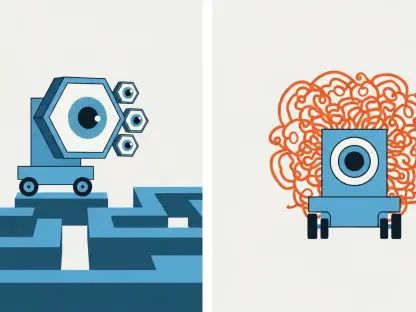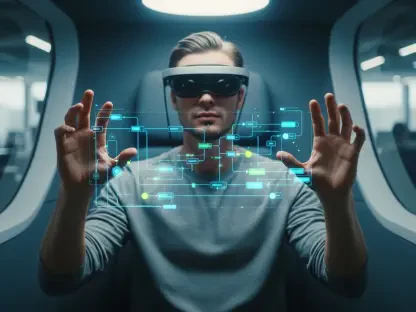Lenovo’s rapid ascent in virtual communication dynamics has sparked significant interest in restoring authentic eye contact during digital meetings. Eye contact, a cornerstone of meaningful conversation, elicits trust and intimacy, traits that have nearly vanished with the increasing reliance on virtual communication methods. Understanding the gap left by this technological transition is crucial for maintaining interpersonal connections in digital realms. This analysis presents the evolution, applications, insights, and future prospects of virtual eye contact technologies, offering a comprehensive overview of this trending topic.
Current Developments in Virtual Eye Contact Technologies
Evolution and Rising Popularity
Virtual eye contact technologies are undergoing remarkable growth with novel implementations reshaping how digital interactions are perceived. Data reveals a significant increase in adoption rates of systems designed to simulate genuine eye contact during video conferencing. Implementations like HP Dimension’s and Apple’s Vision Pro embody advancements that dramatically change virtual communication experiences. Recent reports highlight the penetration rate of these technologies across multiple industries, underscoring the importance attributed to maintaining authentic interaction amidst remote communications.
Practical Applications in Various Realms
These emerging technologies are not mere theoretical concepts but have found robust applications across business settings, education, and more. HP Dimension’s integration of Google’s Beam technology represents a transformative leap, providing users life-sized representations that mimic face-to-face interactions. Companies such as Deloitte and Salesforce, keen on reducing travel costs while maintaining communication integrity, are test-driving these tools, showcasing tangible impacts on operational efficiency. Apple’s Vision Pro elevates virtual meetings by rendering realistic 3D avatars, fostering deeper connections.
Insights From Industry Experts
Leading minds within the field recognize the powerful potential virtual eye contact technologies possess to redefine communication. Insights from tech leaders and experts highlight both opportunities and hurdles inherent to these developments. A challenge highlighted is achieving user acceptance due to cost considerations and technological complexity. Nonetheless, thought leaders argue that as these technologies mature, their ability to bring authentic interpersonal communication to virtual settings will prove invaluable.
Future Perspectives and Broader Implications
The outlook for virtual eye contact technologies is promising, as innovation continues to push boundaries. Advances in AI and machine learning suggest further enhanced realism in avatars and communication systems. While cost remains an obstacle, declining prices may broaden accessibility. Future scenarios involve widespread adoption across sectors such as healthcare and education, where eye contact plays a pivotal role. On the downside, privacy concerns and dependence on technology represent ongoing challenges requiring prudent mitigation strategies.
Summary of Key Findings
Over recent years, virtual eye contact technologies have evolved from experimental endeavors to a vital tool in bridging the gap left by digital communication. As development persists and prices decrease, these systems promise to reshape communication paradigms across industries. By enhancing virtual interaction’s authenticity, businesses may significantly reduce travel expenses while nurturing meaningful connections, paving the way for innovative virtual meeting experiences. This trend not only strengthens digital communication but also heralds a future where technology fosters authentic intercultural exchanges without sacrificing the human essence.









